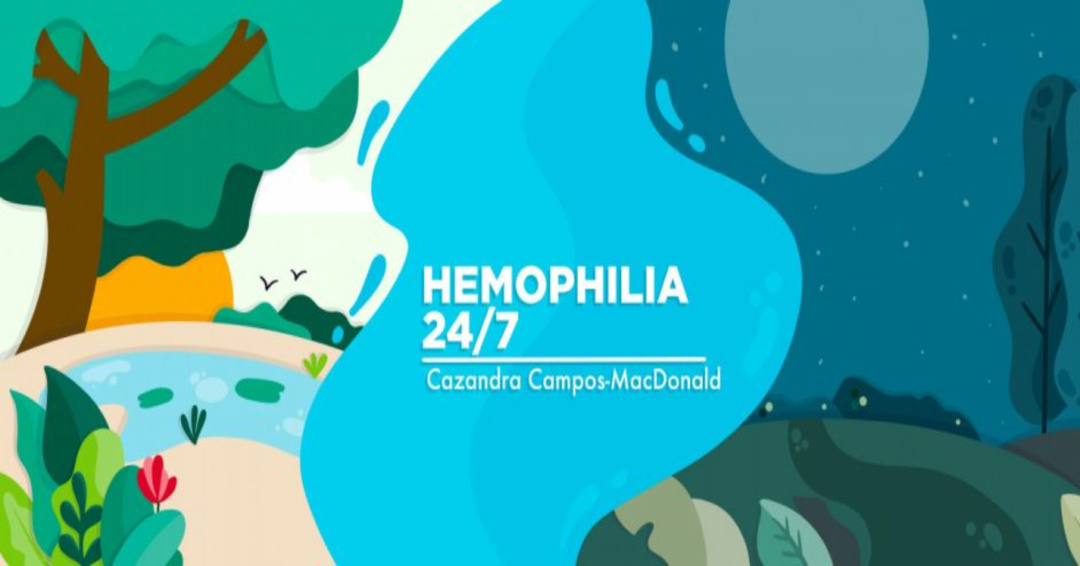Originally published by Hemophilia News Today, March 19, 2025
What do developmental disabilities, French bread, endometriosis, nutrition, English tourism, and bleeding disorders have in common? They all claim March — or a select day or week during the month — for awareness.
Organizations dedicate this time to educating the public through local and national gatherings and social media campaigns. Some causes focus on a specific day, as with Rare Disease Day on the last day of February, while others spread out their efforts, such as during Tick Bite Prevention Week, observed March 24-30.
There’s a day, week, or month for just about everything.
March is Bleeding Disorders Awareness Month, a time when organizations like the National Bleeding Disorders Foundation (NBDF) and the Hemophilia Federation of America amplify education, advocacy, and support for those affected by bleeding disorders.
During this awareness month, I reminisce about the first National Hemophilia Foundation (now NBDF) conference I attended in the late 1990s. It changed my life. I had a toddler with severe hemophilia and was desperate for information and connections. I was amazed when I arrived at the event.
The hall was filled with people whose lives were affected by a bleeding disorder, and the exhibits offered educational materials, giveaways, and hands-on activities for all ages. Opening night was like a party.
Social events provided opportunities to connect with others navigating similar journeys, while workshops covered numerous topics for patients, parents, caregivers, and spouses. One resource in particular became my lifeline.
A legacy of education
Several tables stacked with handouts and books immediately caught my attention near the exhibit hall entrance. At a time when the language of bleeding disorders felt foreign and overwhelming, this resource table became my guide.
That resource was HANDI, the Hemophilia and AIDS/HIV Network for the Dissemination of Information. Established in 1990 by NBDF, HANDI emerged at a time when reliable information about HIV/AIDS and bleeding disorders was desperately needed. Over the years, it became a cornerstone of knowledge for the entire bleeding disorders community.
At that first conference, I eagerly gathered stacks of articles and pamphlets, eventually needing a bag to carry them all.
As I learned the terminology and discovered what was most helpful for me, I frequently mailed order forms to NBDF, waiting anxiously for new materials to arrive. Each delivery was a gift — a reassurance that I was gaining the knowledge I needed to navigate my son’s disorder.
Stopping by the HANDI table remains a priority, but at the 2024 conference, it wasn’t the same.
For 26 years, Neil Frick served the NBDF, most recently as the senior vice president for medical programs and information. His face became synonymous with HANDI. While I didn’t know him personally, our annual exchanges were familiar and comforting. He was always there, no matter how many questions I had, guiding me toward the right resources.
For two and a half decades, his presence was a fixture at every conference I attended. It wasn’t until he passed away last summer that I fully grasped his work’s depth and impact on our community. He leaves a legacy of passion, dedication, and education in the bleeding disorders community.
In his honor, HANDI has been renamed the Neil Frick Resource Center (NFRC). Today, the NFRC provides a wealth of information, from fact sheets to videos, about inhibitors, pain management, scholarships, caregiving, and other topics. Resources are available in English and Spanish, and locating local chapters and treatment centers is possible with the click of a mouse.
Though the name has changed, the center’s mission is still to equip individuals and families affected by bleeding disorders with the necessary knowledge.
During this month of bleeding disorders awareness, I give thanks for Neil and his legacy. His tireless efforts produced a vast library of knowledge that others will build upon. His work continues to inform and empower our community.


